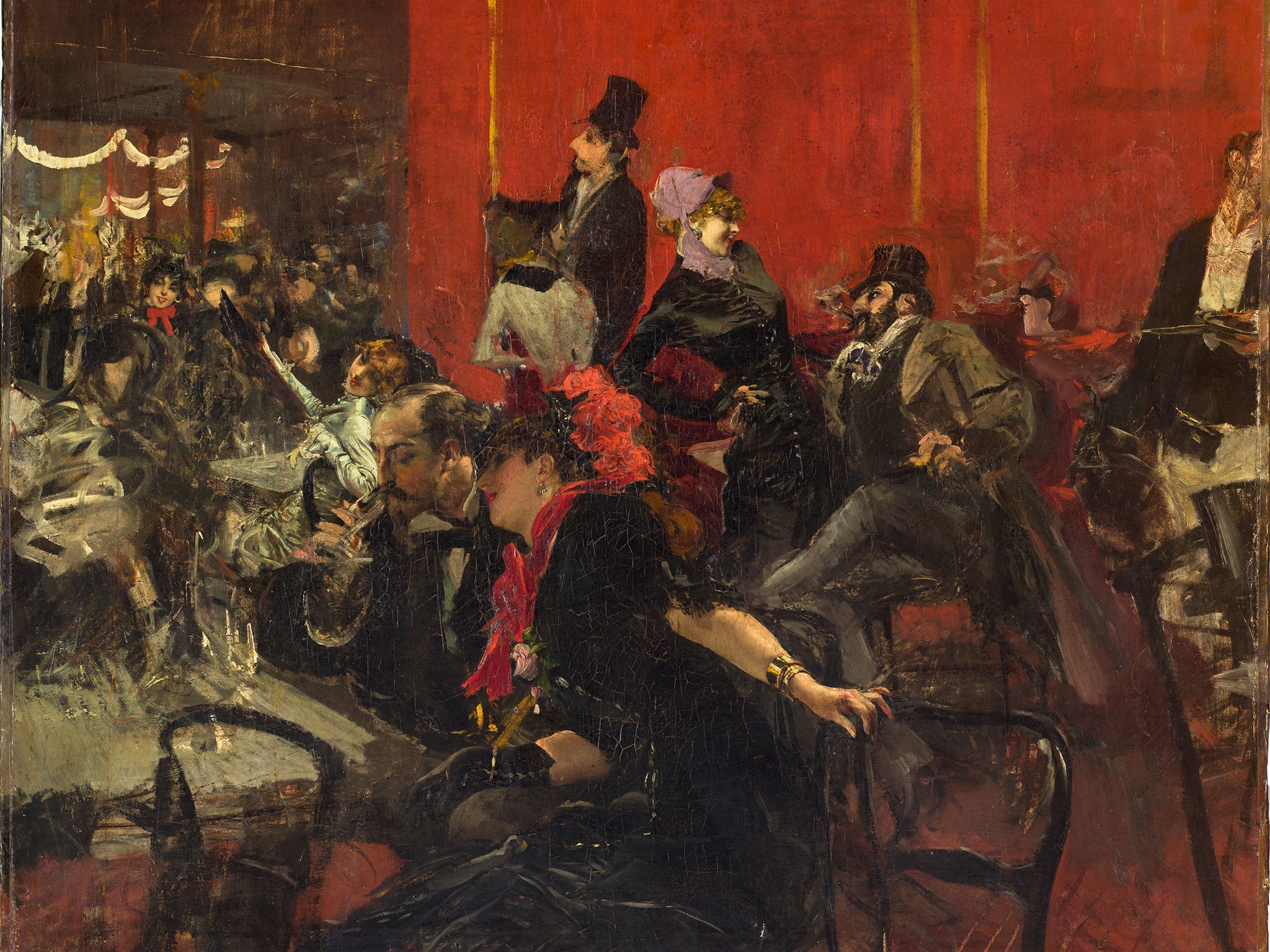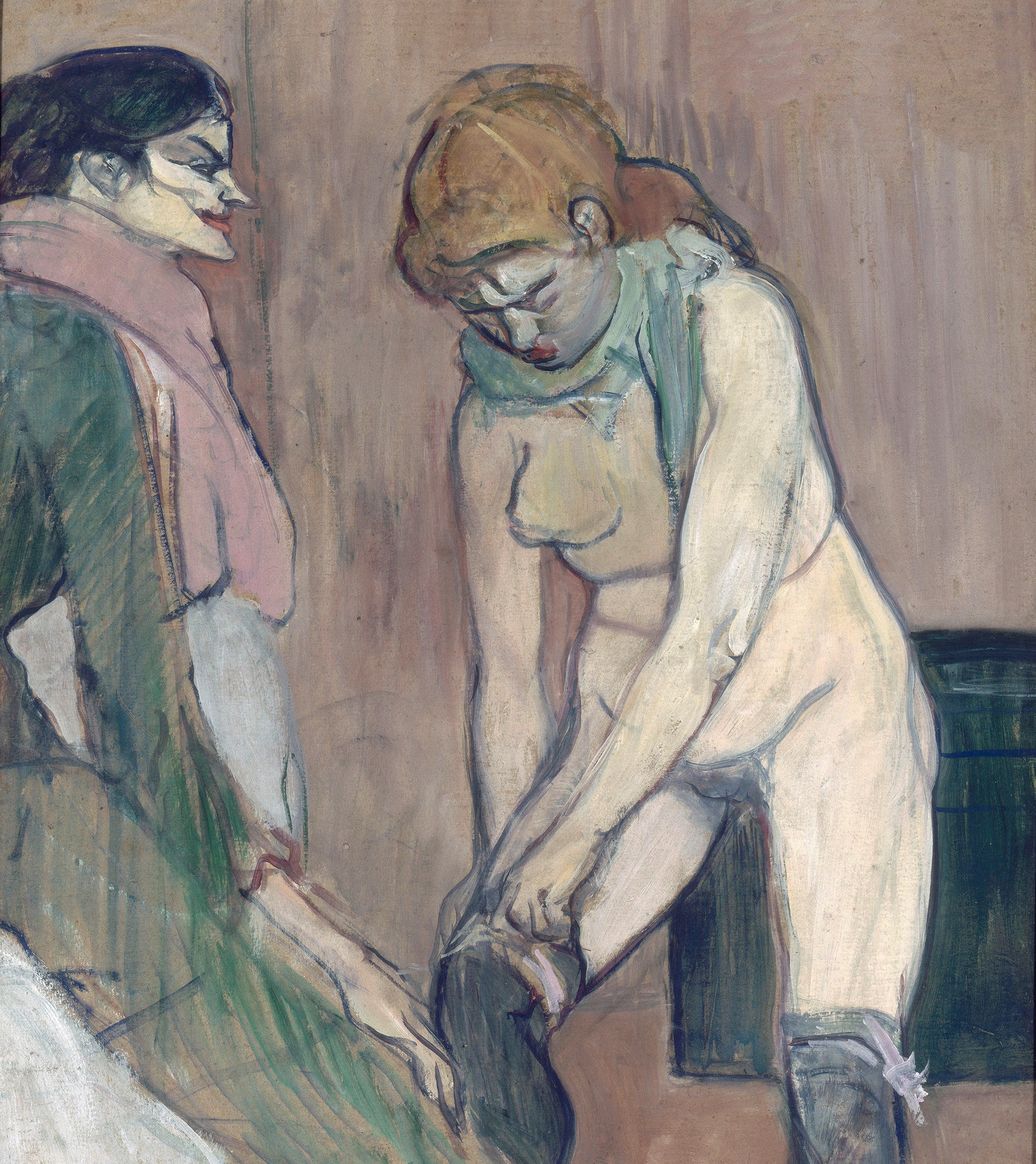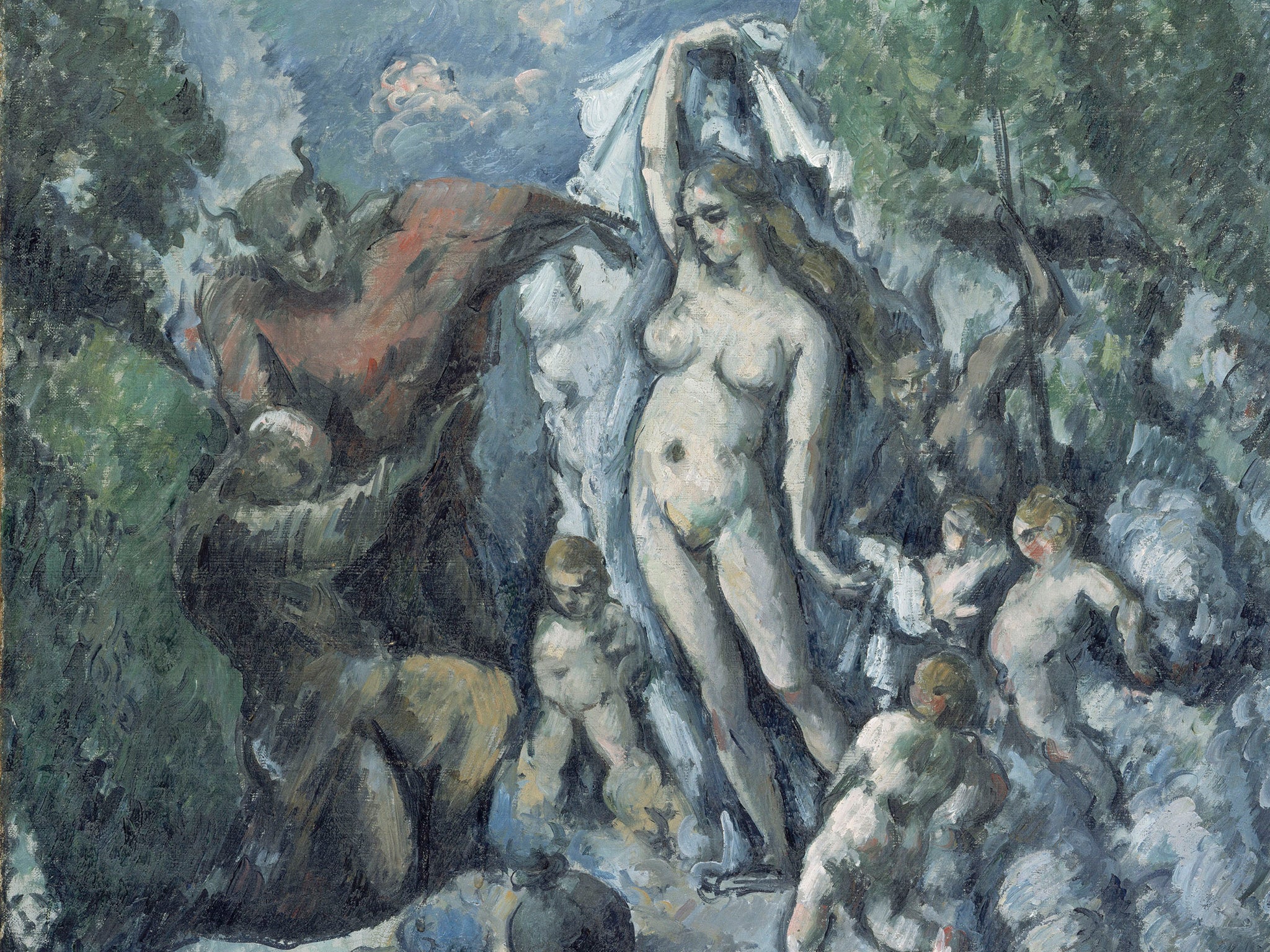Musée d’Orsay becomes world's first gallery to stage prostitution exhibition - but French art critics aren't happy
Splendour and Misery. Images of Prostitution 1850-1910 is a tour de force that has assembled scores of wonderful paintings by Manet, Degas, Cézanne, Van Gogh, Derain, Picasso and many of their lesser-known contemporaries

Your support helps us to tell the story
From reproductive rights to climate change to Big Tech, The Independent is on the ground when the story is developing. Whether it's investigating the financials of Elon Musk's pro-Trump PAC or producing our latest documentary, 'The A Word', which shines a light on the American women fighting for reproductive rights, we know how important it is to parse out the facts from the messaging.
At such a critical moment in US history, we need reporters on the ground. Your donation allows us to keep sending journalists to speak to both sides of the story.
The Independent is trusted by Americans across the entire political spectrum. And unlike many other quality news outlets, we choose not to lock Americans out of our reporting and analysis with paywalls. We believe quality journalism should be available to everyone, paid for by those who can afford it.
Your support makes all the difference.Want to see some naughty pictures? Push your way through the red velvet curtains and place your eyes to the peep hole. Around the corner, a pornography film made more than a century ago is flickering on a screen. A dozen elderly French women and a Chinese tourist watch the energetic actors with politely interested expressions.
Where are we? The Musée d’Orsay, one of the world’s most respected art galleries. This year’s blockbuster autumn and winter offering at the converted railway station beside the river Seine deals with a subject the organisers say has never before been addressed by a leading museum – prostitution.
The exhibition – Splendour and Misery. Images of Prostitution 1850-1910 – is a tour de force. It has assembled scores of wonderful paintings from all over the world by Edouard Manet, Edgar Degas, Paul Cézanne, Vincent Van Gogh, André Derain, Pablo Picasso and many of their lesser-known contemporaries. There is also the most extensive show of works by Henri de Toulouse-Lautrec in Paris for more than 40 years.

French art critics, while acknowledging the many treasures on display, are unhappy. One has accused the Musée d’Orsay and other Paris galleries of “soliciting” visitors by organising a series of exhibitions with sexual themes.
Last year the Musée d’Orsay presented a much criticised – and much visited – exhibition on the artistic influences of the Marquis de Sade. In 2013, the museum had an exhibition of male nudes. There has been a similar run of erotic subjects at the Musée du Luxembourg.
In Le Monde this week, the art writer Harry Bellet suggested that the Musée d’Orsay was becoming like a failing provincial art-house cinema of the 1970s. “They used to show difficult films one week and pornographic films the next to make up their losses,” he wrote. “Is that the point we have now reached with big art exhibitions?”
The art critic and novelist Philippe Dagen said: “Everyone know that cultural budgets are being constantly nibbled away but is it really necessary to solicit visitors by showing naked women in lascivious poses and naked men exhibiting their genitals?”

The director of the Musée d’Orsay, Guy Cogeval, dismisses the criticism. His aim, he says, is to “rejuvenate” the museum’s clientele by staging themed exhibitions that bring great works alive. “People no longer like exhibitions which don’t tell a story,” he told Le Parisien. In any case, he said, prostitution is an entirely legitimate subject.
“Manet and [the writer Guy de] Maupassant died of syphilis because they spent their time in brothels, which are central to the art and literature of the period,” he said.
In the second half of the 19th century, when the population of Paris doubled in 20 years, the city became known as the naughtiest in the world. Prostitution boomed. The authorities tolerated soliciting on the streets after nightfall and the cosseted near-slavery of women in licensed brothels or maisons closes.
Almost every leading painter of the time turned to prostitution as a subject – partly as a way of expressing their rejection of older forms of art including the often hypocritical representation of nude women in classical poses.
Is it really necessary to solicit visitors by showing naked women in lascivious poses and naked men exhibiting their genitals?
One of the curators of the Musée d’Orsay exhibition is Richard Thomson, Watson Gordon professor of fine art at the University of Edinburgh. In an article in the catalogue, he says that prostitution was to the Impressionists a symbol of “modernity”. Professor Thomson concedes that some of the paintings, though “fantastic” as art, did romanticise the lives of prostitutes. The lives of the great majority of the women – both on the streets and in “closed” houses which they were forbidden to leave – were “wretched” and “horrible”, he said.
The exhibition does, however, stray into strange territory. There are three “private” rooms protected by red velvet “brothel” curtains. Visitors below the age of 18 are banned from entering. Inside, the visitor finds raunchy, grainy images, which go far beyond what was offered by the old “What the Butler Saw” machines on fairgrounds.
The exhibition is, needless to say, a great success. In the official visitors’ book, someone has written: “This is an orgasmic exhibition which will go down in the anals [sic] of art history.” This is an exception. Almost all the other comments are ecstatic.
Splendeurs et misères runs until 17 January. It will then move to the Van Gogh museum in Amsterdam
Join our commenting forum
Join thought-provoking conversations, follow other Independent readers and see their replies
Comments